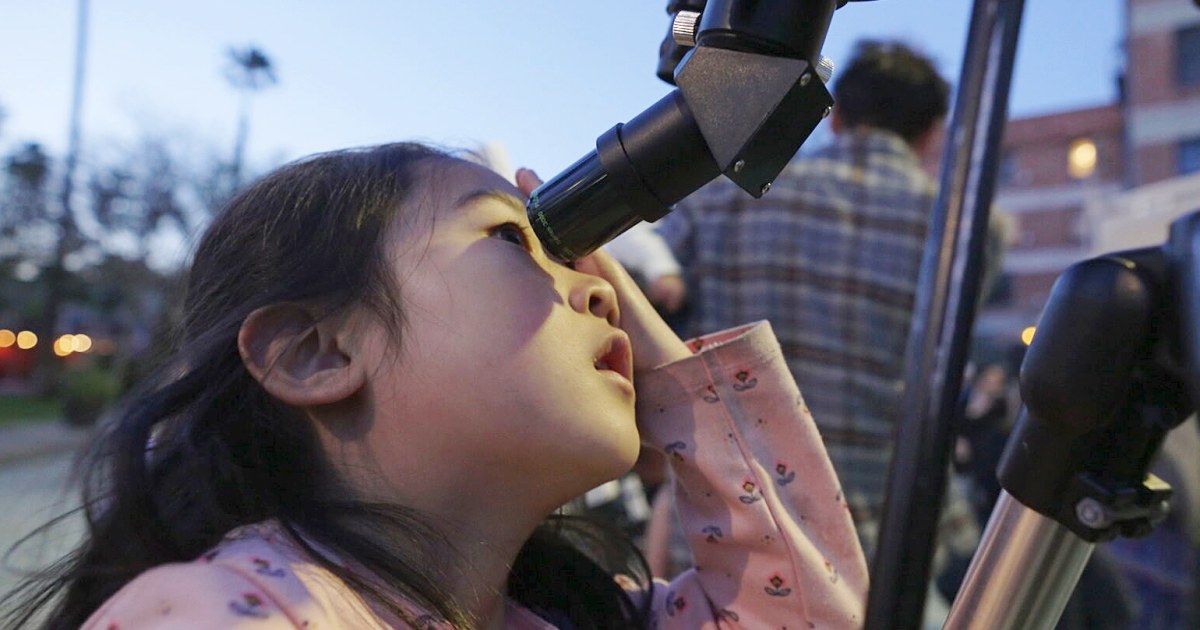
Spacecraft Interactions
Spacecraft Interactions refer to the various physical and non-physical interactions that occur between two or more spacecraft in space. These interactions can be intentional or unintentional and can occur during launch, rendezvous, docking, proximity operations, and other space activities. Physical interactions can include collisions, close approaches, and docking maneuvers, while non-physical interactions can include communication, coordination, and cooperation between spacecraft. Understanding and managing spacecraft interactions is critical for ensuring the safety and success of space missions, as well as for preventing the creation of space debris that can pose a threat to other spacecraft and to Earth. This involves the use of advanced technologies and techniques such as autonomous rendezvous and docking, formation flying, and active debris removal.
Your Previous Searches
Random Picks
- Launch Licenses: Launch licenses are legal authorizations granted by national or international regulatory bodies to launch vehicles or payloads into space. These licenses are issued after a thorough review of the launch vehicle design, payload safety, and l ... Read More >>
- Wind Tunnel Tests: In the context of aerospace engineering, wind tunnel tests refer to the experimental procedures conducted in a wind tunnel to study the effects of air moving over or around solid objects, often scale models of aircraft or spacecraft. These ... Read More >>
- Repairs: Repairs refer to the actions taken to fix or restore a damaged or malfunctioning spacecraft or its components. These actions can range from minor adjustments to major overhauls, and can be performed on various systems such as propulsion, el ... Read More >>
Top News

Easter's date remains divisive. Some church leaders want that to change...
Eastern and Western churches will celebrate Easter on the same day this year, while marking 1,700 years since the Council of Nicaea unified Christian doctrine...
News Source: ABC News on 2025-04-19

In a city of stars, Los Angeles astronomy club makes sure to keep looking up...
LOS ANGELES — While Los Angeles is home to the biggest stars in the world, a monthly get-together is proving that the city’s rich and famous have nothing on the universe....
News Source: NBC News on 2025-04-18

This week on "Sunday Morning" (April 20)...
A look at the features for this week's broadcast of the Emmy-winning program, hosted by Jane Pauley....
News Source: CBS News on 2025-04-17

Scientists detect strongest hints yet of life on a distant planet...
Scientists have detected unique chemical patterns similar to those produced by the Earth's algae and seaweed — raising the possibility of the presence of a warm ocean, perhaps teeming with life, on ...
News Source: NBC News on 2025-04-17

Is there life on another planet? Scientists find the strongest evidence yet...
Near a planet far, far away astronomers have found traces of chemicals that on Earth are only produced by living beings....
News Source: Al Jazeera English on 2025-04-17